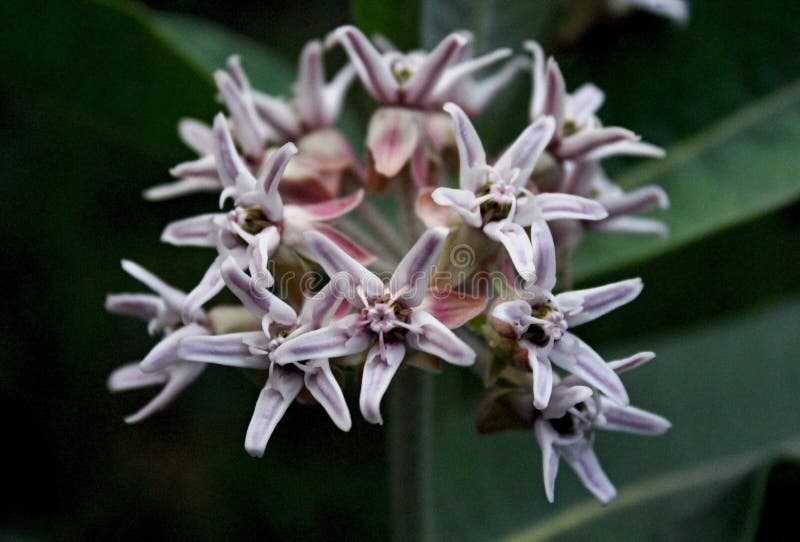

In addition to conducting germination tests on six Asclepias species, the group comprehensively reviewed the literature on milkweed seed dormancy and germination, providing a summary of germination information for over 20 milkweeds. The researchers also found that the need for cold stratification to break dormancy and allow seeds to germinate varied not just between species, but across populations of the same species. Right: germination after 2-weeks of cold moist conditions. Left: germination without cold stratification. Germination of common milkweed (Asclepias syriaca) increased from 38% to over 90% after 2-weeks of cold moist conditions (a process called cold stratification), which released the seeds from dormancy. Matt Bahm of IAE’s Conservation Research Program and Isaac Sandlin, a graduate student in the Department of Botany and Plant Pathology at Oregon State University. “We found that some species need two or more weeks of cold stratification to release their seeds from dormancy, while others had no dormancy at all,” said project PI and IAE Executive Director, Dr. The results were published last month in the open access journal AoB Plants. To resolve this apparent contradiction and improve propagation success for milkweeds, researchers at the Institute for Applied Ecology conducted germination tests on several species of Asclepias, the genus of plants to which milkweeds belong. IAE researchers conducted germination tests on 15 populations of showy milkweed. Showy milkweed (Asclepias speciosa) is widespread in the western US and an important larval food plant for monarch butterflies. But others recommend giving the seeds a cold and moist environment (a process called cold stratification) for period of a few days to months, followed by warmth to promote germination. Some authorities suggest that milkweed seeds germinate well with no special treatment: just provide water, light and a warm environment and off they go. Monarch caterpillar feeding on showy milkweed (Asclepias speciosa). It’s as simple as germinating the seeds and planting them.īut there’s a catch: milkweed seeds can be tricky to germinate. One action people can take to help monarchs and other pollinators is to plant and cultivate milkweeds broadly on the landscape, from urban locations to wildlands. Monarch butterfly on common milkweed (Asclepias syriaca). Without milkweeds, monarch butterflies have no place to lay their eggs and feed their larvae. Monarch butterflies are declining at an alarming rate, in part due to the widespread loss of milkweeds, the plants on which all monarchs depend. Found in high plains of Texas north to Canada and west to California.Making more milkweeds for monarchs: breakthroughs in milkweed seed germination

Share in the history & future by planting these seeds today. This same toxicity is critical for the survival of monarch butterflies, it is now clear that the survival of both species are tied together. Though once common, it was targeted for eradication because of it's perceived toxicity to livestock. Used by many tribes for making everything from rope to cloth to medicine this beautiful milkweed has a very interesting ethnobotanical history. You may also be interested in Sustain the Migration Kit (includes all the items necessary for successfully growing native milkweeds)
#SHOWY MILKWEED SEEDLINGS HOW TO#
How to Get Native Milkweed Seeds to Germinate Only by working together can we insure that milkweeds and butterflies will always have a place in this world. the Monarchs are counting on each of us to do our part in protecting their mystery and beauty. 10 seeds per packet 1,500 seeds per dpak These unique packets have been created in the hopes of reaching as many helping hands as possible.


 0 kommentar(er)
0 kommentar(er)
